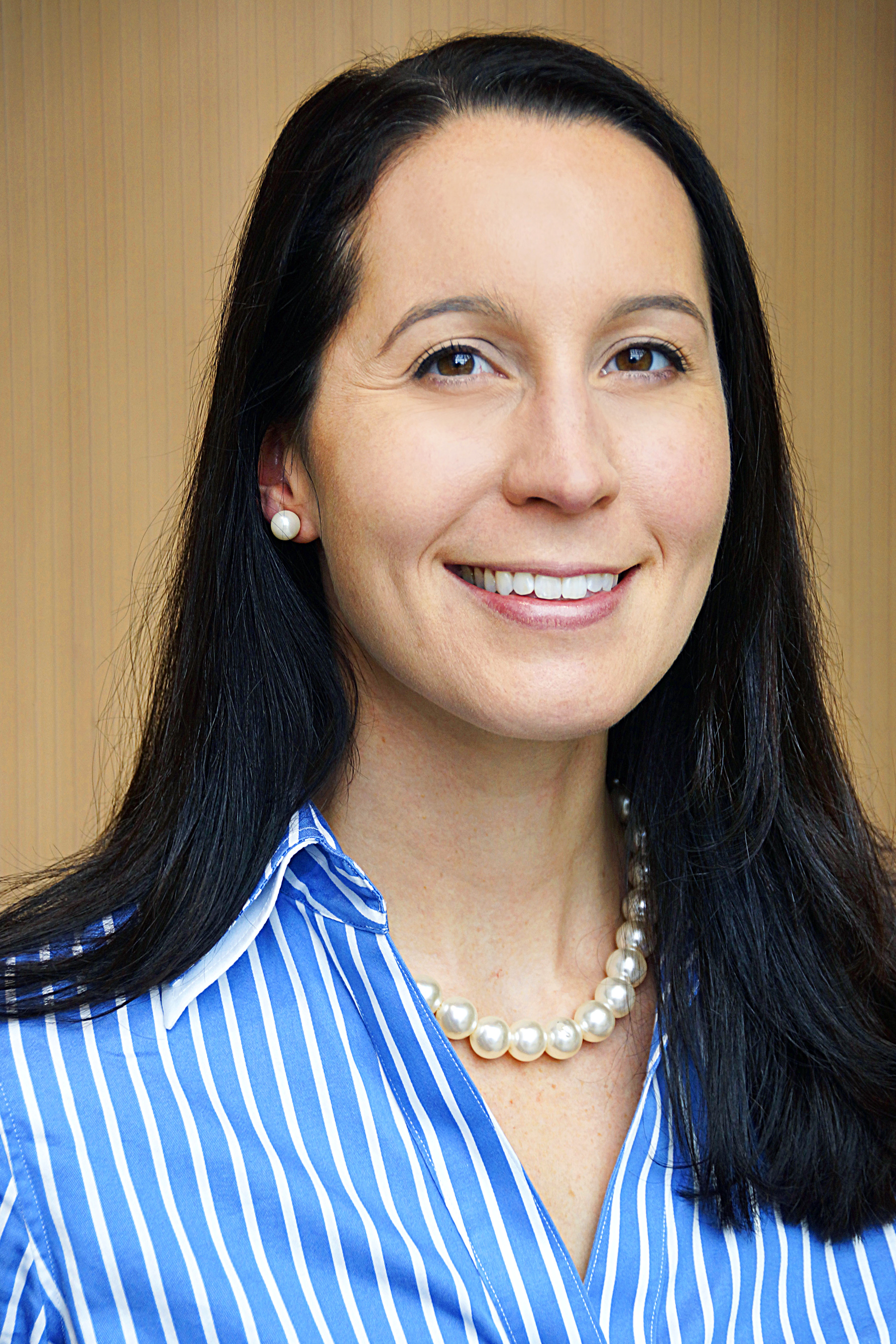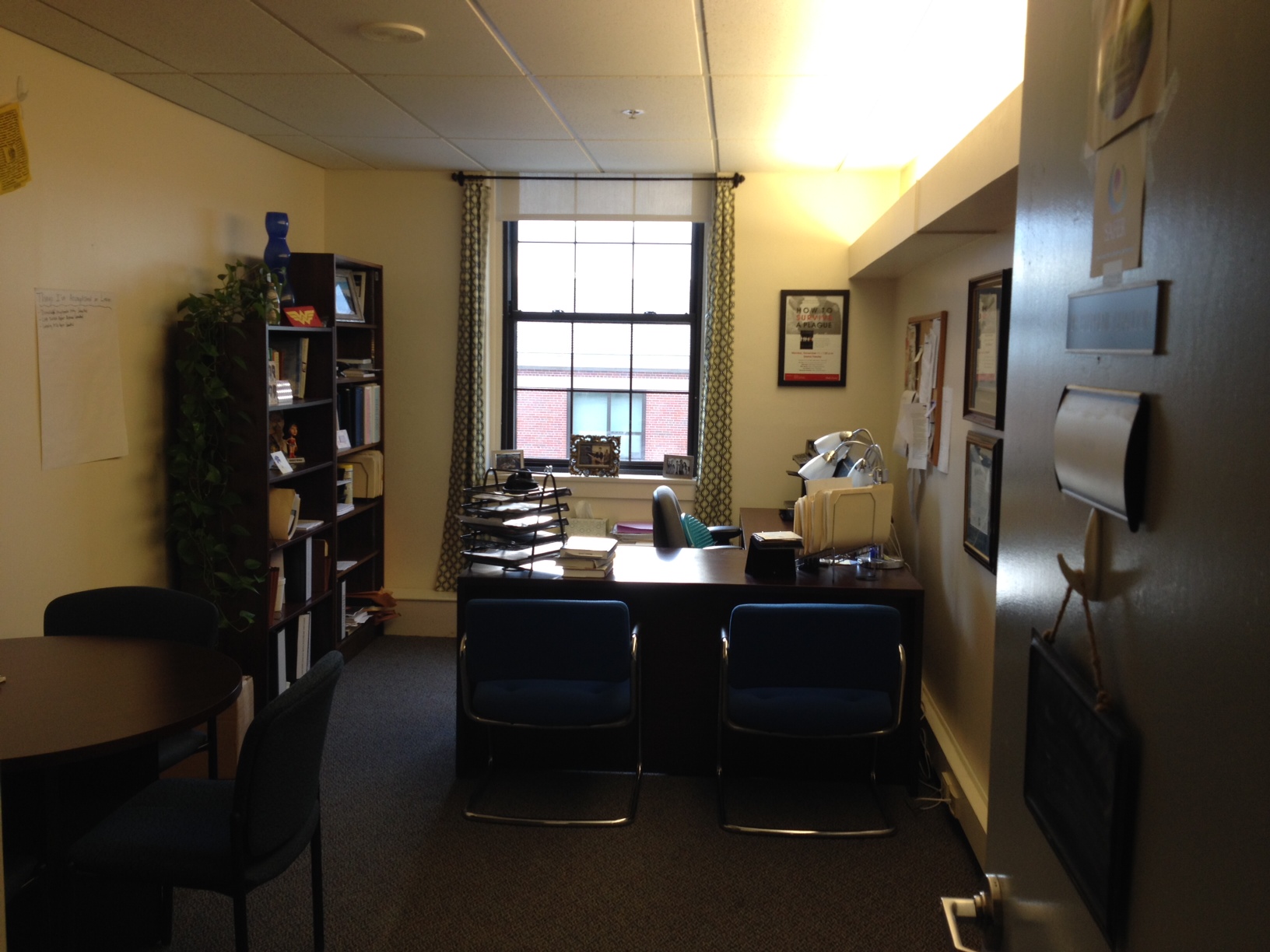 School name: College of the Holy Cross
School name: College of the Holy Cross
Type of college/university: Liberal arts college
School locale: City of Worcester, MA
Classes I teach:
Introduction to Psychology, Social Psychology, Health Psychology, Psychology of Stigma
What’s the best advice about teaching you’ve ever received?
Create ways to empower students to become the “teachers.” If you want students to think deeply about a concept, create an opportunity for them to explain the concept to other students. And, if you want students to become more invested in the course, create spaces for them to be part of the process. For example, instead of telling students what the “ground rules” are for conversations about sensitive topics (e.g., racism), I ask the students to generate their own ideas about how we can engage in civil discourse. Nine times out of ten, they come up with the same list of items that I would have given them. But because I created space for students to become their own teachers, they take more ownership of the conversation and get more out of the class.
What book or article has shaped your work as a psychology teacher?
Pedagogy of the Oppressed by Paulo Freire. It has inspired me to empower students to become be active participants in the production of knowledge rather than to treat them as passive recipients of my own knowledge.
Tell us about your favorite lecture topic or course to teach.
Hands down, my favorite lecture topic is the social construction of prejudice. I ask students to watch “A Class Divided” - the Frontline depiction of Jane Elliot’s “Brown Eyes, Blue Eyes” experiment - before coming to class. We then recount the steps Jane Elliot used to create a new prejudice from scratch. First, she identifies brown eye color as a devalued characteristic, a stigma. That single social categorization now creates two classes where there once was one. Then, she commits a series of illusory correlations, inferring the brown eye color is associated with negative behaviors. Soon, she’s created stereotypes and prejudice that have a life of their own. And then the students are in on it. They begin to engage in confirmation bias, only noticing information that confirms their new stereotypes.
 Once we unpack these steps together in class, students start to see how prejudices are socially constructed. And, then the real fun begins. Because once students understand the mechanics of how a prejudice is created, they can start to see these dynamics unfold in their daily lives. Suddenly students start to question their own stereotypes based on race, gender, or sexual orientation. They start to notice racial bias in the media. And, from this space, we can then begin to unpack stereotype threat and understand how these stereotypes can threaten performance and well-being. In fact, you can even see evidence of stereotype threat in the underperformance of the brown eyed children when they are in the devalued group. The film provides such a rich starting point from which to launch into these topics and it is arguably one of the most dynamic conversations we have all semester!
Once we unpack these steps together in class, students start to see how prejudices are socially constructed. And, then the real fun begins. Because once students understand the mechanics of how a prejudice is created, they can start to see these dynamics unfold in their daily lives. Suddenly students start to question their own stereotypes based on race, gender, or sexual orientation. They start to notice racial bias in the media. And, from this space, we can then begin to unpack stereotype threat and understand how these stereotypes can threaten performance and well-being. In fact, you can even see evidence of stereotype threat in the underperformance of the brown eyed children when they are in the devalued group. The film provides such a rich starting point from which to launch into these topics and it is arguably one of the most dynamic conversations we have all semester!
Describe a favorite in-class activity or assignment.
Lawrence, S. M. (1998). Unveiling positions of privilege: A hands on approach to understanding racism. Teaching of Psychology, 25, 198-200.
In this activity, students are asked to construct a mobile and are randomly assigned to a low or high resource group. Because they work in separate rooms to create their mobile, they have no idea that the resources are unequal. But, when they all return to the classroom, the inequality is apparent. They see it. But more importantly, they feel it. I could lecture for hours about the social dynamics of inequality--how the low status group always notices the difference but the high status group is relatively blind to it, for example--but creating a way for students to experience it for themselves is so much more powerful. This simple idea--that creating ways for students to experience the lesson first builds incredible bridges for them to then understand it more deeply later--has totally changed the way I approach all my courses
What teaching and learning techniques work best for you?
I use a lot of group work and think-pair-share in class. My exams are usually mixed format and always include an essay that requires application of course material to novel real world situations.
 What’s your workspace like?
What’s your workspace like?
Our building used to be a women’s dorm, so our offices are actually quite large. There’s enough room for my desk and a small table with chairs, which is really great for student meetings.
Three words that best describe your teaching style.
I queried my students for this answer, and they say: engaged, passionate, and rigorous.
What is your teaching philosophy in 8 words or fewer?
Engaging courses create lifelong learners.
Tell us about a teaching disaster (or embarrassment) you’ve had.
I hate to admit this, but the second time I was an instructor in grad school, I passed out one of the exams with the answer key stapled to the back. Yup. You read that correctly! I had accidentally given all the students the answers. Luckily, one of my more conscientious students raised her hand and asked if I had meant to do that. It was totally embarrassing, but I’m glad I got that epic of a mistake out of my system early on in my teaching career!
What is something your students would be surprised to learn about you?
I was the first female competitive power-lifter at my high school and won my weight division in a regional competition. As my colleagues will tell you, those skills still come in handy when changing the enormous water cooler bottles in our faculty lounge!
What are you currently reading for pleasure?
I’m working my way through Thomas Piketty’s Capital in the 21st Century.
What tech tool could you not live without?
The Internet, Dropbox, and power point clickers, in that order.
What’s your hallway chatter like? What do you talk to colleagues about most (whether or not it is related to teaching/school)?
Like most places, the chatter varies from the mundane (“The printer is jammed again?!”) to the meaningful (“Is higher education really ‘doomed,’ as the recent Atlantic article would lead us to believe?”). But, there is almost always someone laughing. And that sort of easy-going, collegial environment is a big part of what makes Holy Cross such a great place to be.
